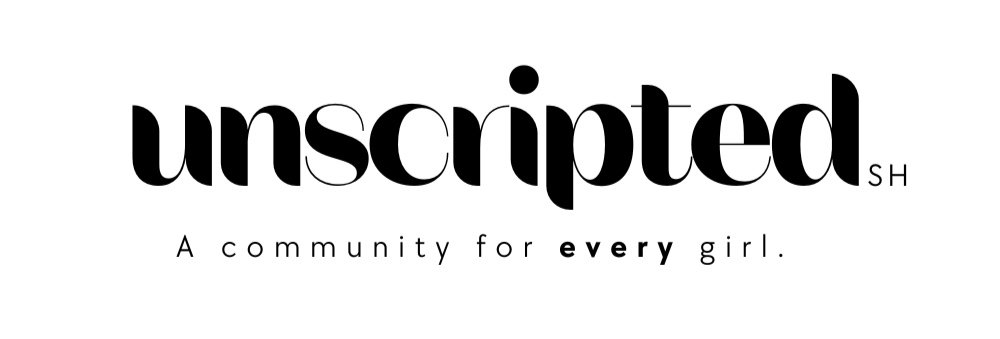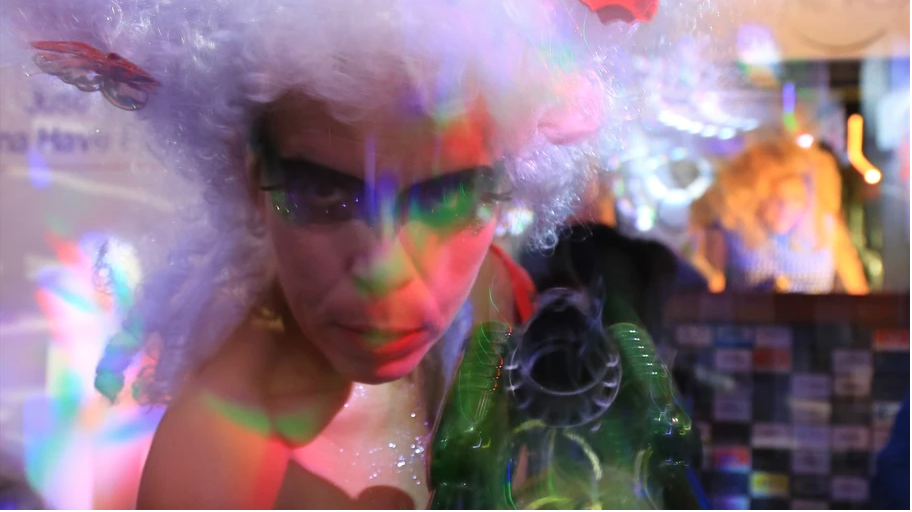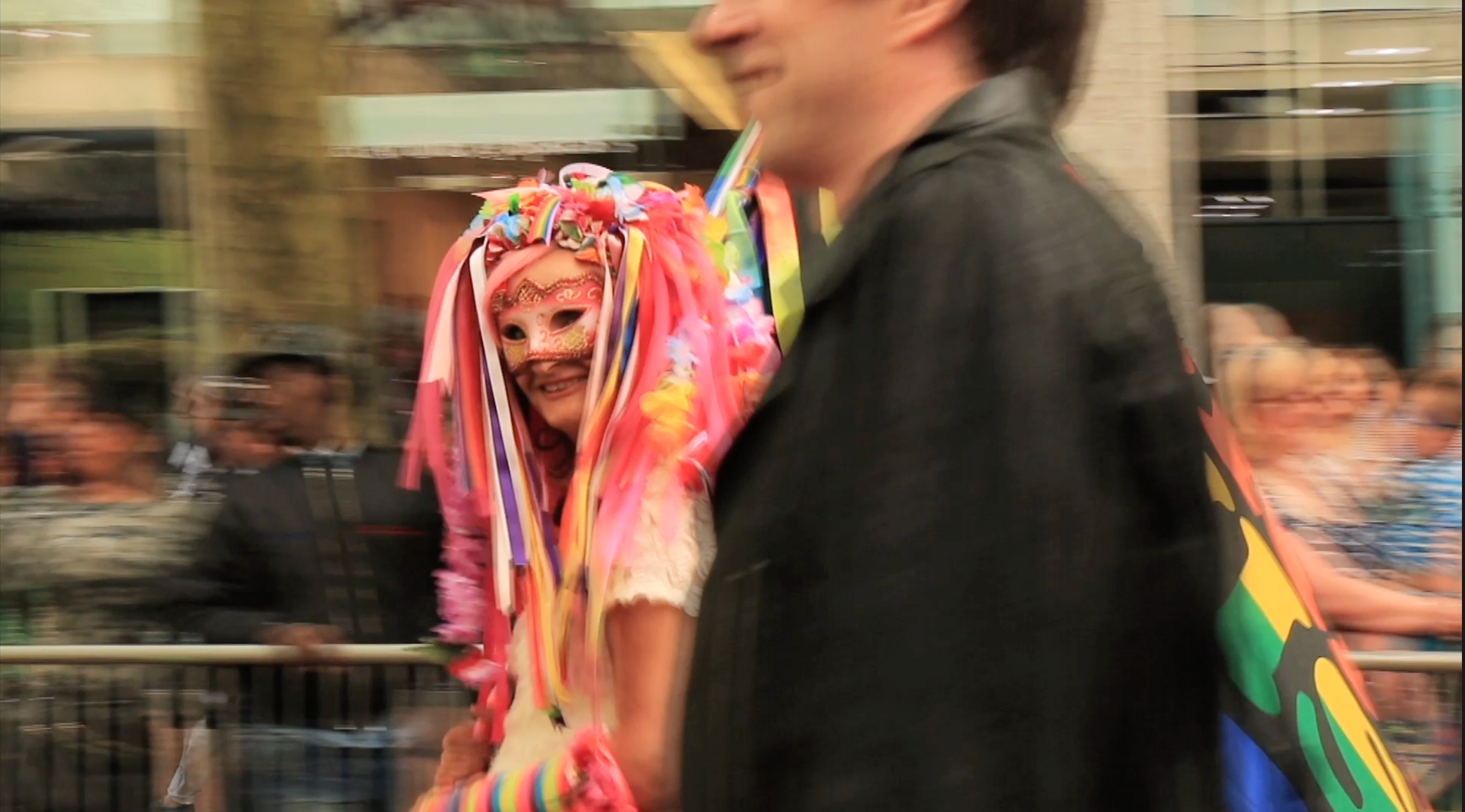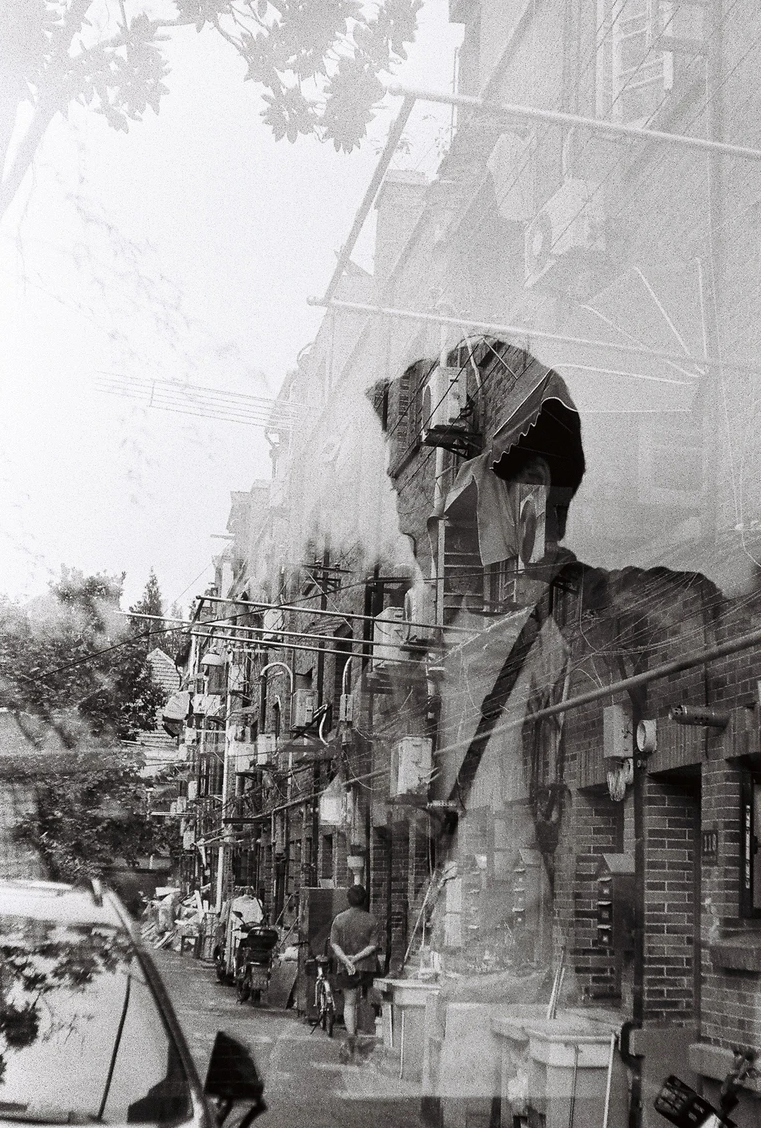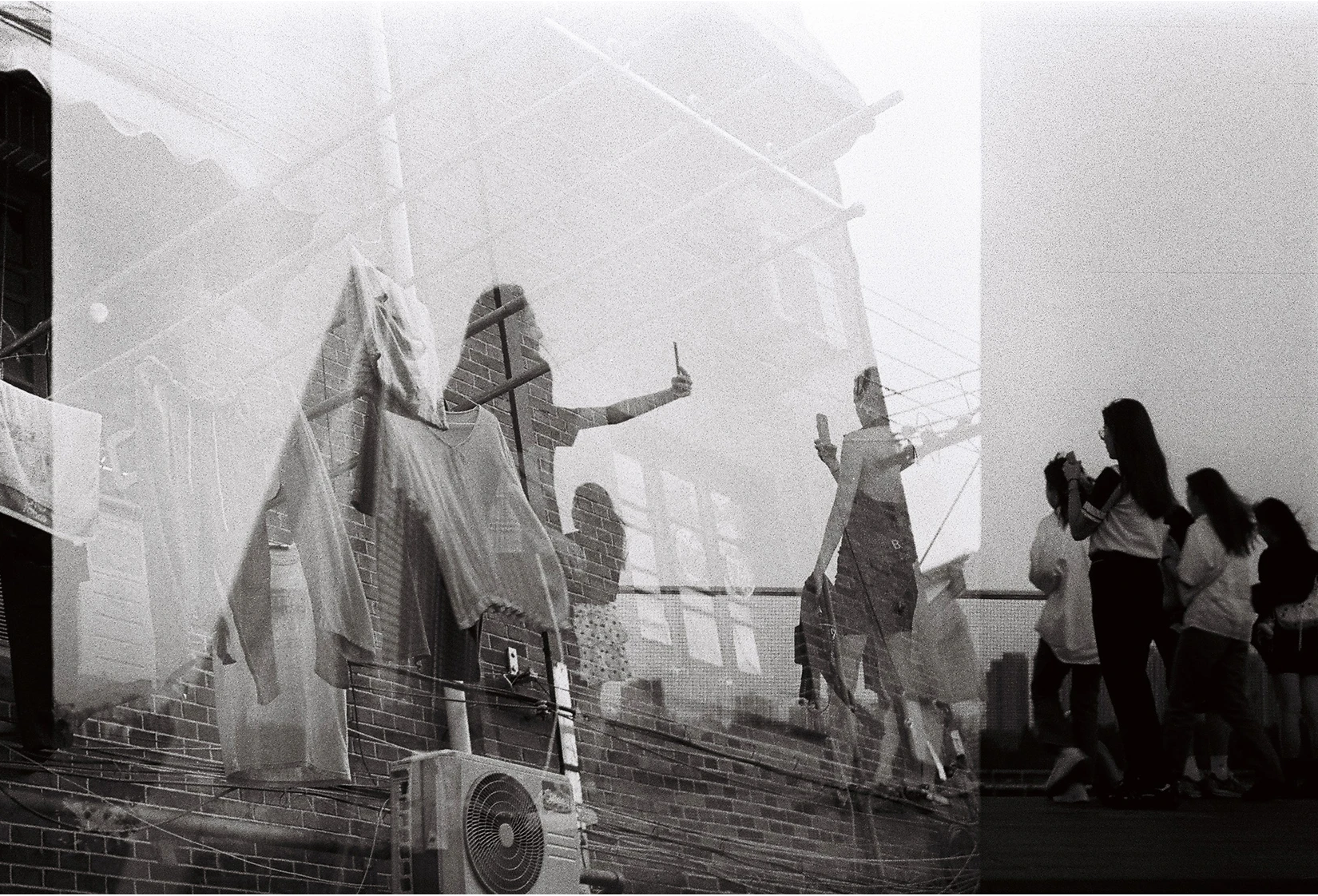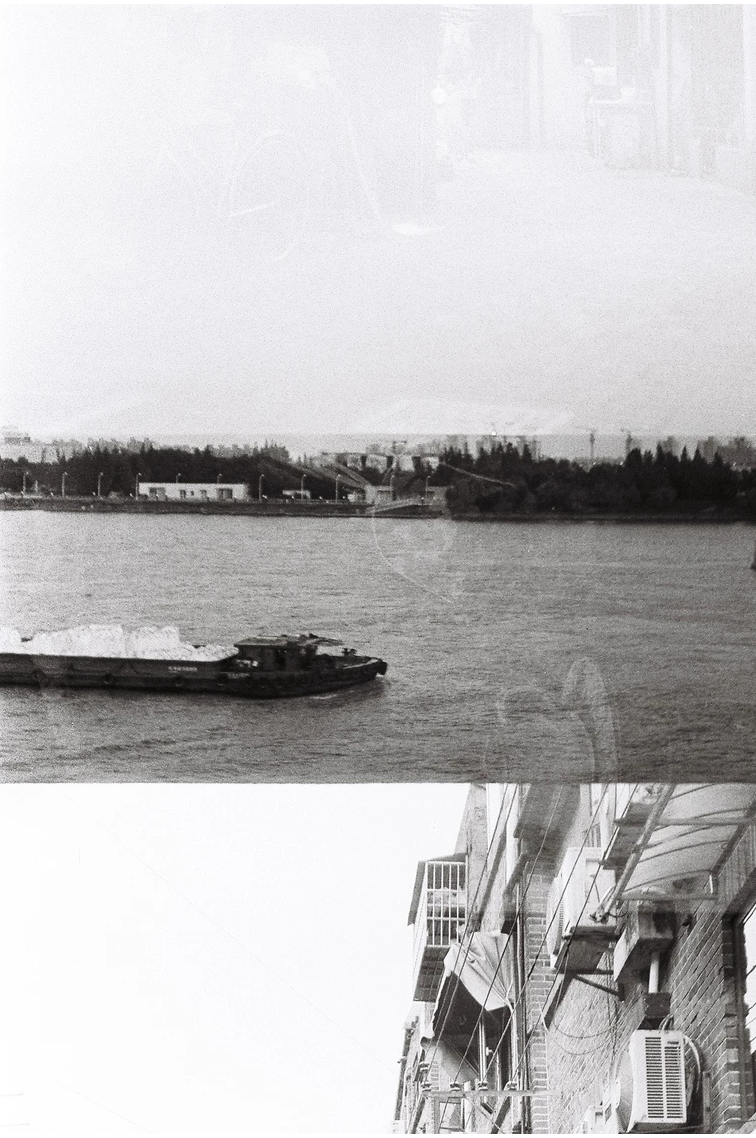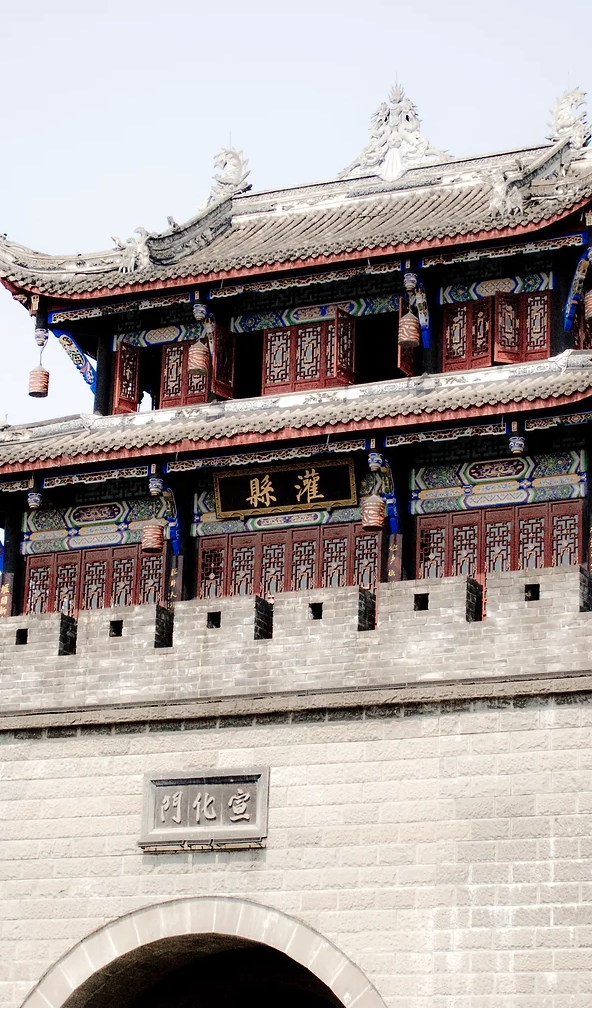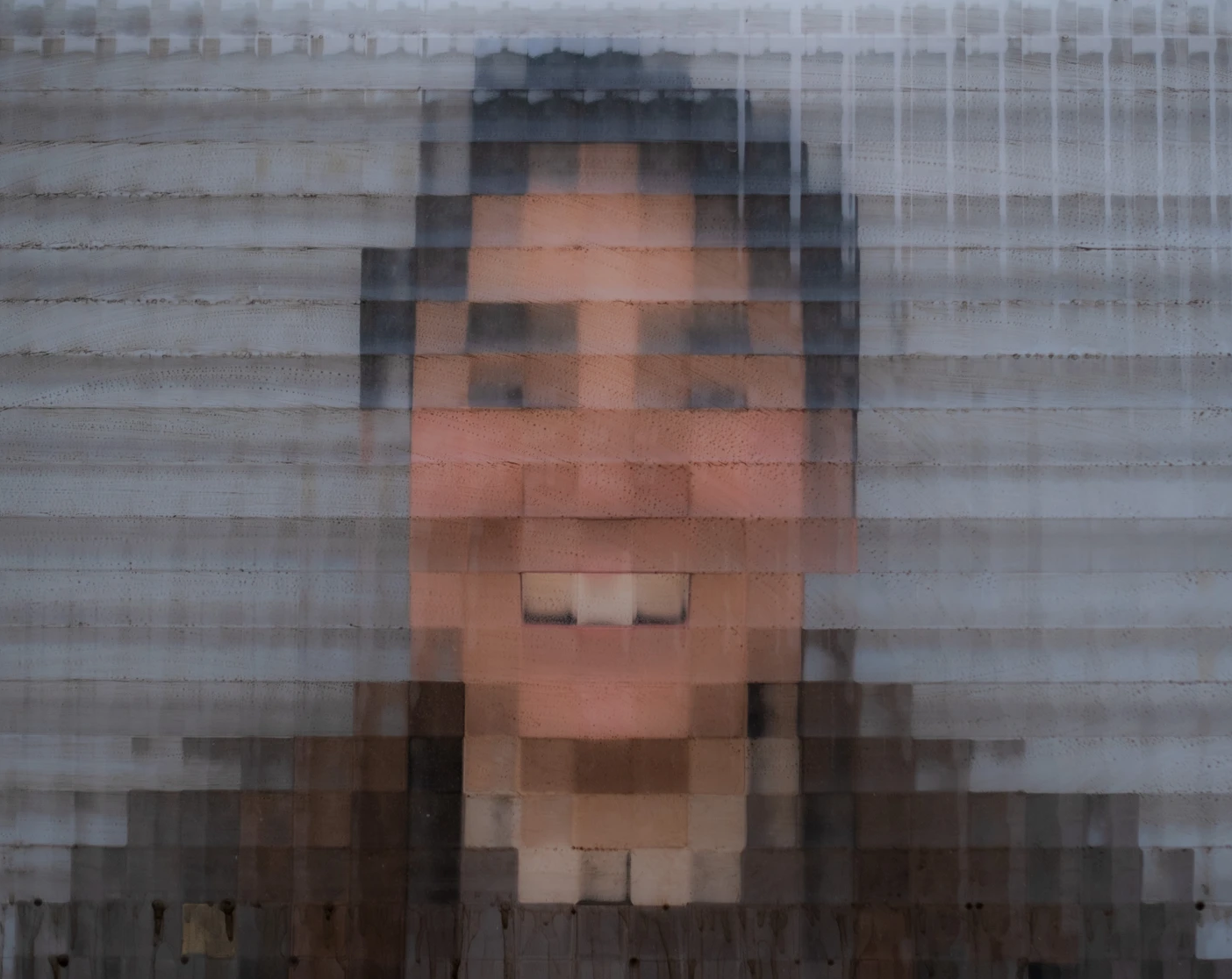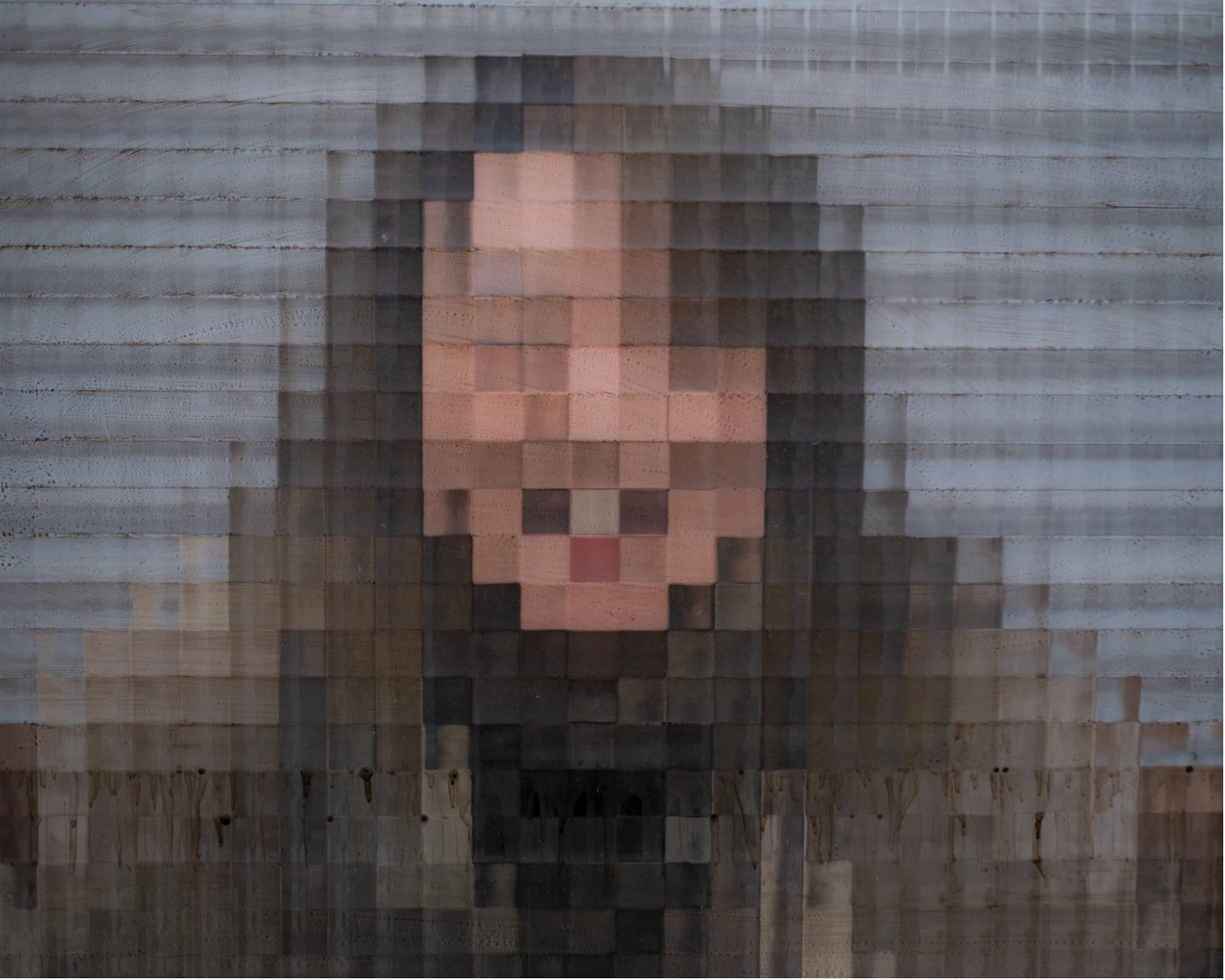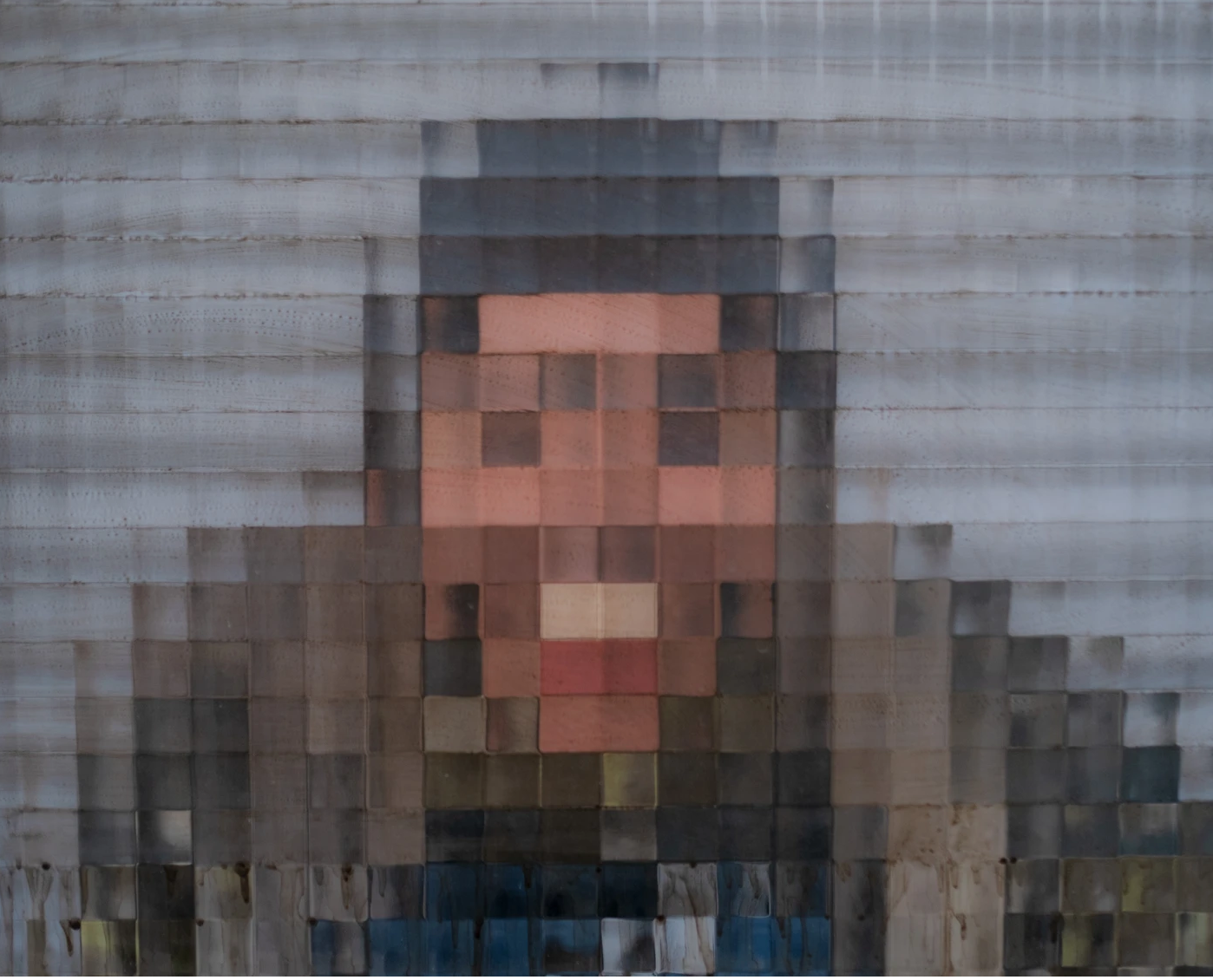Elena Tang: Film Photographer
I’ve always taken a keen interest in people, how they live, you know, just how each character is so unique and interesting. Whenever I get to read a book or watch television, I instantly look for visual stimulation. I feel I desire visual imagery to add further to that imagination. The art of visual storytelling in photography goes beyond merely documenting events or scenes. It involves capturing the essence of a moment—the hidden details, the fleeting expressions, and the untold stories that lie beneath the surface. A photograph can catalyse viewers to question, imagine, and fill in the gaps with their narratives. One of the most remarkable aspects of photography as a storytelling medium is its ability to transcend language and cultural barriers. A photograph can convey universal emotions—joy, sorrow, love, or longing—and evoke a profound connection among people from diverse backgrounds. In a world that sometimes feels divided, photography has the power to bridge gaps, ignite conversations, and foster understanding.
A little while ago, I met a photographer through an artist collective. One of the things that drew me to her work was the vulnerability embodied in some of her projects. The one that caught my eye the most was titled “Shape of a tear”. I played it out in my head so many times to try and see what that would be like, a photography session, in tears, catching something in its most vulnerable state. Within the vast tapestry of our lives, I deeply appreciate the profound connections between vulnerability, creativity, collaboration, and the beauty of our mistakes. Reflecting upon my journey with vulnerability and the introspective exploration of vulnerability as a means of self-reflection and discovery, I had to find a way to be a part of this. I remember thinking there is so much that goes on in the photography process before it becomes a final work of art in an exhibition. Rethinking the entire institution and the process of creativity.
I am so lucky to have met Elena Tang, interacted with her, and understood her work. I was glad as she also agreed to be part of the ongoing unscripted conversations and happy to learn more about her craft. Her photographs are deceptively simple, taking an intimate, direct approach to her subject.
Eton Mars Film. This is quite an interesting name. Can you tell us more about it, and the inception of this.
It’s a name that’s been developed from the direct translation of the phrase Elena Tang on Mars - ET on Mars - EtonMars when I wanted it to look more like an actual readable name. It’s my identity of where I am from. Since a very young age I felt like my hometown should be Mars the planet. Because you know people say ‘oh are you an alien’ because your thinking is weird or that you don’t seem to belong to your surroundings. I always have the intrinsic feeling that Mars should have been where I come from, and that’s why I don’t feel like I belong that much to the culture I grew up in, or say mainstream environment. Many people think lifestyles is a choice and depends on your environment or background but I’ve felt this sense of alienation since a very very young age. And I think many people do have connection to the space and outer space, we’re just not aware of it. There’s so much more we have yet to explore and it’s kind of what keeps me curious about this world, too.
When did you first pick up a camera, and how did you decide on the medium?
I first picked up a camera during high school because of my dad. He has always been photography frenetic, and at the time, he upgraded to a supermodel camera and let me play with his old one. At that time, cameras were not as popular as now, so I was considered even weirder to wander around with them. I shot so many photos of the school and students at the time from unusual angles and won an award because there was suddenly a provincial competition about school photography. So I took more photos with film cameras in the city wherever I went because I loved the old architecture and run-down places, and my family loved travelling around nearby towns. My love for photography slowly developed into a habit since my dad and I had a big weird camera appearing everywhere, and that also trained my habit of ignoring what people think of me or how they look at me in the streets. I didn't really decide on the medium of images until probably university. I was having a great time doing all the social work and magazine work while watching many films each week. Then I wondered if it would be possible to learn about filmmaking and make films rather than just still photos. After some struggle between whether to go for a master's major that gives me a 'bright future' or one that I'm curious about and probably much more passionate about, I applied to the best university near my aunts' home in the UK so that my family are assured. And after studying filmmaking, working on documentaries, TV programs and even radio or with professionals from renowned media organizations, I was ready to start my exploration.
Do you recall your first project? Whether it was something you worked on as a little kid or something sold on a large scale?
I guess the first project that comes to mind is a video collaboration. It was an advert about intellectual property rights that I and a bunch of schoolmates in university decided to do. At the time, I was working more as a producer, and we had a crew 15, including actors, editors, runners etc. In the final piece, we even shot gunfire scenes and the visual effects of firey shots. This project gave me a first impression of what it takes to make even a super short movie. It’s all hard work and teamwork.
It’s easy to take inspiration from places that you spend so much time — for some people it’s nature or their studio, for example. Do you have a place where you take inspiration from?
I take inspiration everywhere, weirdly. My daily life and the things I see every day are new to me every time I exist in the same space with them. The plant that grows in my bathroom, the staircases I walk down, the trash pile I pass by, and the same train station with different passengers. That’s probably why people say that photography sets a moment in eternity. Because for me, that moment doesn’t happen ever again. Every time is a unique time. Of course, I love nature; I have always been travelling. To live in another space and see things through someone else’s eyes is the point of photography too. While travelling and connecting with nature, the unfamiliarity of the surroundings pokes curiosity and fuels creativity in a way regular life doesn’t. Most of my inspiration comes from within; it’s like a mix of my daily life and the occasional stimulus becoming connected in my reflection of life. Yes, I do a lot of reflection on my life and keep diaries. Sometimes I want to do a project if one thing keeps coming up when I write. There’re so many other topics on the backlog, though; see if I can explore all of them in this life.
Is your identity as an artist separate from your identity as a person?
An artist has to be a person first, isn’t it? I think being an artist streams from an inherent aspiration as a person. And being a person first makes what an artist conveys have the power of empathy towards people who perceive. It’s all intertwined when I think about it.
Have you worked as part of a collective before? If so, how did that work when you were operating as a collective?
I worked as a collective in the FREQS show, where artists from vastly different disciplines met and formed groups to create performances under certain poetic themes. I found it very interesting as I came as the only one in my group from the visual field, my work was created based on other people’s creative ideas, and I added many elements that I think fused the styles of all the artists in the group. And also, since we learned from each other, I was giving sound performance at the same time. I loved that too. There’re so many more mediums we can explore as a collective.
Your work deals with deeper issues especially regarding identity, vulnerability amongst others. Does the gravitas of these kinds of issues make it more challenging to work around?
I think it is more challenging in a sense, but it would’ve been almost the only way I would love to work regarding my projects. The challenge is that I can’t just hire anyone with a good look to come and cooperate with me; I have to be people I know personally with whom I’ve had deep conversations. The selection process might take longer, but I would feel it more genuinely when I turn that into a visual representation.
What is more important for you as a photographer: the medium, or the message? Is that why you choose to work in different mediums? Where does your love of multimedia come from?
The medium is only a way to convey your message. I always listen to my guts when choosing the medium to convey a message. I never shy away from doing things I'm not supposed to be good at, but I don’t really care about the detail to perfection as long as it’s original. I love exploring different mediums because I think boundaries are there to be broken.
What’s been the biggest highlight in your career so far? Do you also have a personal philosophy.
I don’t think I really have a highlight in my career since every bit of experience has been quite different, and each has its own value. I’ve spent quite some time trying to pick out one, and this is what I can conclude in the end. I’m very happy to say that I’ve been lucky enough to have worked on all sorts of scales and themes in the visual medium, which I’m still exploring. My philosophy is to always explore boundaries and understand and question the limit of definitions and differences.
If we had 5 rooms set up by different photographers, how do we know which one is yours? What sets you apart?
I guess probably the most quirky and rough one! I never intentionally create a style or a form for my work. I always like my set to be simple, giving room for candid and changeable shots without much-calculated lighting. But if I had to pick one thing, the vagueness and subtlety of in-depth themes would set me apart.
